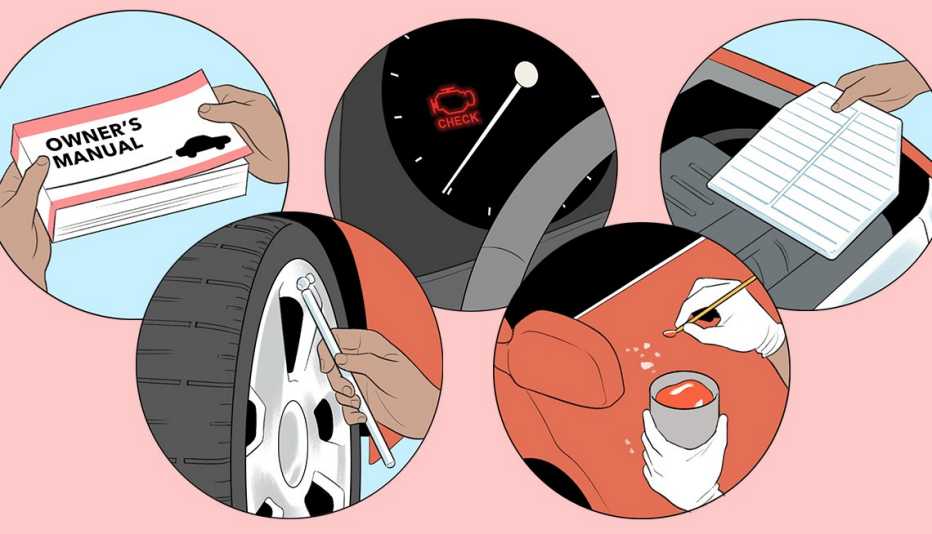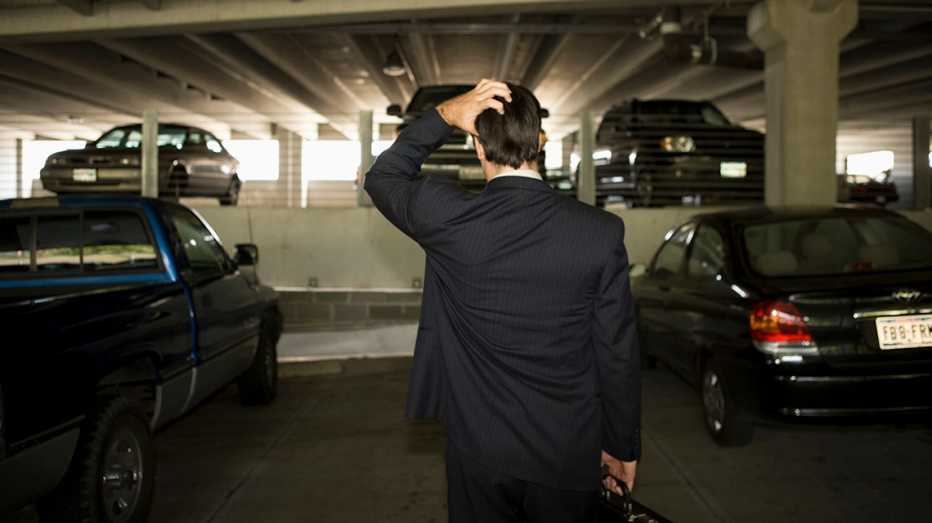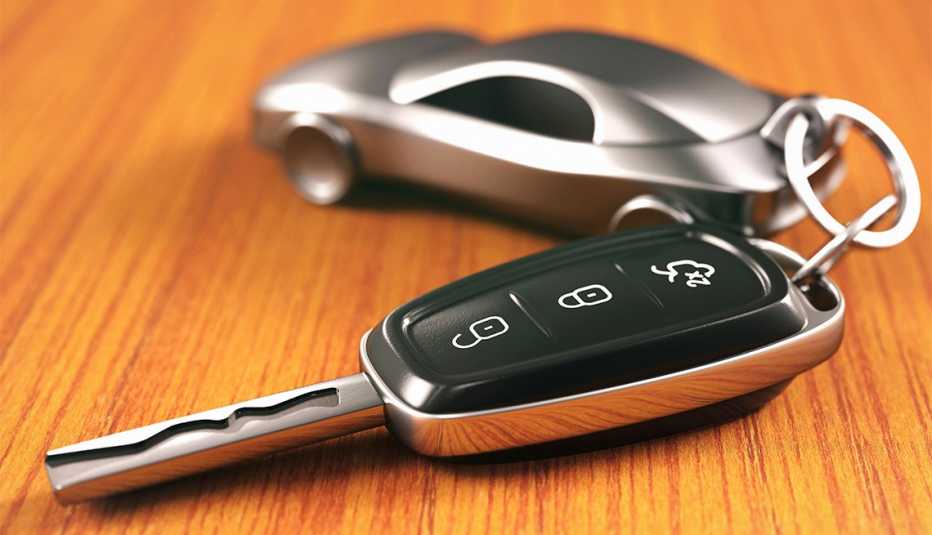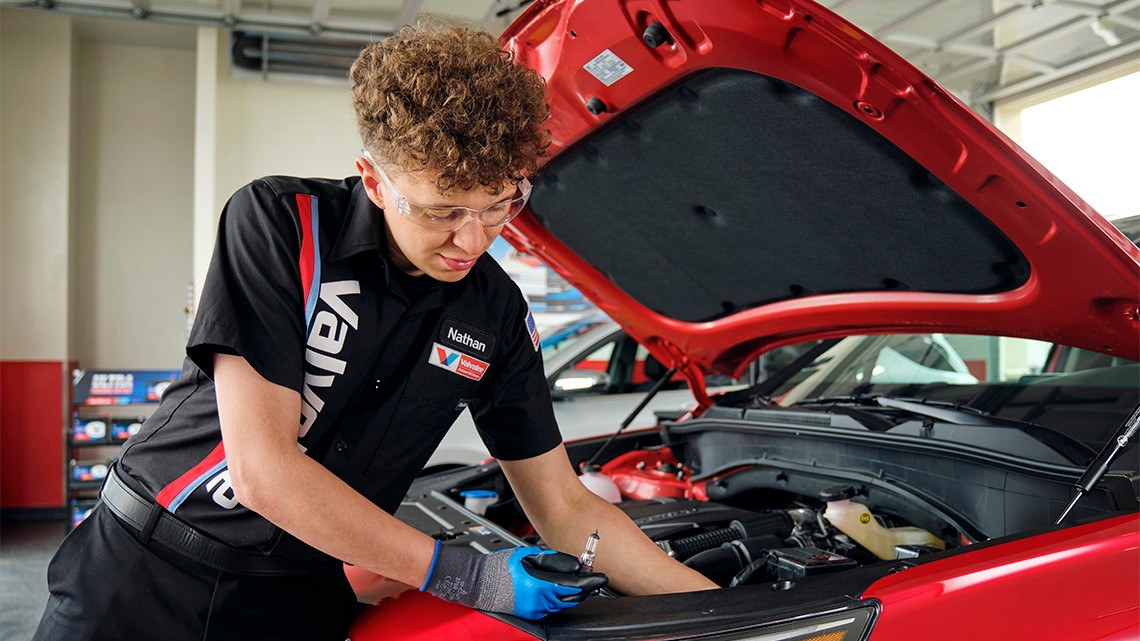Staying Fit
With all the advanced technology in today’s vehicles, from GPS to cellular connections, one would think it’s just about impossible to steal a car. But criminals have managed to keep up.
Auto “theft is going up,” says Kay Wakeman, director of insurance outreach for the Insurance Institute for Highway Safety and the Highway Loss Data Institute (HLDI). “We found overall losses from theft were up 70 percent during a four-year period from 2017 to 2021, and that was surprising because it was only up 7 percent between 2013 and 2017,” Wakeman says.


AARP Membership— $12 for your first year when you sign up for Automatic Renewal
Get instant access to members-only products and hundreds of discounts, a free second membership, and a subscription to AARP the Magazine.
New forms of high-tech break-ins have come to the forefront. Now catalytic converter thefts are a criminal mainstay while TikTok and YouTube videos offer instructions on how to hijack certain cars for a joyride.
Different kinds of car crimes “go in ebbs and flows,” Wakeman says, but there’s no question that whole vehicle thefts are going up. Here are the top high-tech ways cars and trucks are being stolen today — and how to protect yourself.
1. Key fob hacks
Wireless key fobs are convenient, allowing drivers to open a car door with a touch or open a rear hatchback with a sweep of a foot. But those key fobs are also a potential vulnerability for thieves to exploit. One example is the Relay Attack, a two-person attack. The first crook walks up to the victim’s front door with an antenna and a device that receives and then retransmits the signal from a car key fob. An accomplice waits nearby at the car door, usually with another device, to open the car when the signal is received.
This technique has been used for several years. Consequently, some higher-end targets have come up with creative solutions. Some automakers, for example, now use software that tells the car key fob to stop transmitting when it’s not moving. Car owners can also thwart such attacks themselves with some precautionary steps. First, don’t toss your key fob into a bowl in your foyer; keep the key far away, say, in your bedroom or kitchen. Second, you can use an RFID-blocking box or bag, sometimes called a Faraday pouch, to hold your key fob at home. Designed to block electromagnetic field (EMF) radiation, a Faraday pouch will prevent anyone from tapping into the fob’s RFID signal. Finally, if you have the option, park your car in a locked garage rather than leaving it in the driveway.
2. The Kia Challenge
Thieves are now creating social media videos to show others how to steal cars for joyrides. The recent Kia Challenge video series targets pre-2022 Kia models and entry-level Hyundai vehicles, such as the 2015 to 2019 Sonata.
The videos on Tiktok and YouTube describe how to remove the covering on those cars’ steering columns, take out the key ignition cylinder and use a standard USB plug to physically turn on the ignition switch and start the car. The whole operation requires only a screwdriver and a USB cable. It works on less-expensive models from Kia and Hyundai because they do not include so-called immobilizers that cut off power and usually lock the steering wheel.







































































